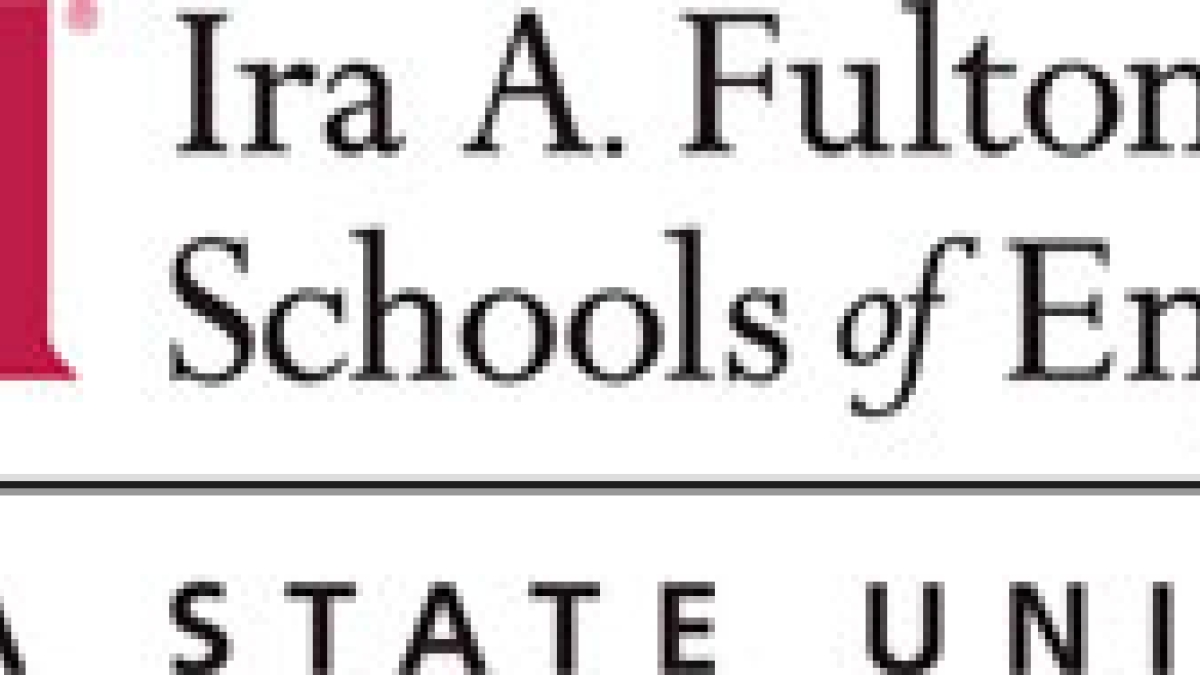ASU, Mayo Clinic team work to help diabetes patients

New device holds promise of making blood glucose testing easier
People with diabetes could be helped by a new type of self-monitoring blood glucose sensor being developed by ASU engineers and clinicians at Mayo Clinic in Arizona.
More than 23 million people in the United States have diabetes. The disease is the fifth leading cause of death in the United States. It contributes to a higher risk for heart disease, blindness, kidney failure, lower extremity amputations and other chronic conditions.
Many people with diabetes are tasked with the difficulty of managing their blood glucose levels. It’s recommended that they monitor their own glucose levels, but current monitoring devices typically require patients to perform the painful task of pricking their finger to draw blood for a test sample – and many patients must do it several times each day.
The new sensor would enable people to draw tear fluid from their eyes to get a glucose-level test sample.
Glucose in tear fluid may give an indication of glucose levels in the blood as accurately as a test using a blood sample, the researchers say.
“The problem with current self-monitoring blood glucose technologies is not so much the sensor," says Jeffrey T. LaBelle, a bioengineer. "It’s the painful finger prick that makes people reluctant to perform the test. This new technology might encourage patients to check their blood sugars more often, which could lead to better control of their diabetes by a simple touch to the eye."
LaBelle, the designer of the device technology, is a research professor in the School of Biological and Health Systems Engineering, one of ASU’s Ira A. Fulton Schools of Engineering. He is leading the ASU-Mayo research team along with Mayo Clinic physicians Curtiss B. Cook, an endocrinologist, and Dharmendra (Dave) Patel, chair of Mayo’s Department of Surgical Ophthalmology. The team reported on their early work on the sensor in the Journal of Diabetes Science and Technology last year and at various regional and national conferences.
Because of its potential impact on health care, the technology has drawn interest from BioAccel, an Arizona nonprofit that works to accelerate efforts to bring biomedical technologies to the marketplace.
“A critical element to commercialization is the validation of technology through proof-of -concept testing,” says Nikki Corday, BioAccel business and development manager. “Positive results will help ensure that the data is available to help the research team clear the technical hurdles to commercialization.”
Researchers must now compile the proper data set to allow for approval of human testing of the device.
“With funding provided by BioAccel, the research team will conduct critical experiments to determine how well the new device correlates with use of the current technology that uses blood sampling,” says Ron King, BioAccel’s chief scientific and business officer.
The results should help efforts to secure downstream funding for further development work from such sources as the National Institutes of Health and the Small Business Incentive Research Program, King says.
BioAccel also will provide assistance using a network of technical and business experts, including the New Venture Group, a business consulting team affiliated with the W. P. Carey School of Business at ASU under the supervision of associate professor Daniel Brooks.
The ASU-Mayo research team began the project with funds from a seed grant from Mayo Clinic. Researchers got assistance in the laboratory from ASU students involved in research at ASU’s Biodesign Institute and the Ira A. Fulton Schools of Engineering Fulton Undergraduate Research Initiative program.
Team members assessed how current devices were working – or failing – and how others have attempted to solve monitoring problems, LaBelle says. They came up with a device that can be dabbed in the corner of the eye, absorbing a small amount of tear fluid like a wick that can then be used to measure glucose.
The major challenges are performing the test quickly, efficiently, with reproducible results, without letting the test sample evaporate and without stimulating a stress response that causes people to rub their eyes intensely, LaBelle says.
A study commissioned by the American Diabetes Association reported that in 2007 the national economic burden related to diabetes was more than $170 billion – including about $116 billion in additional health care costs and $58 billion in lost productivity from workers debilitated by the disease.
SOURCES:
Jeffrey LaBelle, jeffrey.labelle@asu.edu
Biodesign Institute at Arizona State University
(480) 727-9061
Ron King, info@bioaccel.org
BioAccel
(602) 385-3212
MEDIA CONTACTS:
Joe Kullman, joe.kullman@asu.edu
Ira A. Fulton Schools of Engineering
(480) 965-8122 direct line
(480) 773-1364 mobile
Lynn Closway, closway.lynn@mayo.edu
Mayo Clinic Public Affairs
(480) 301-4337